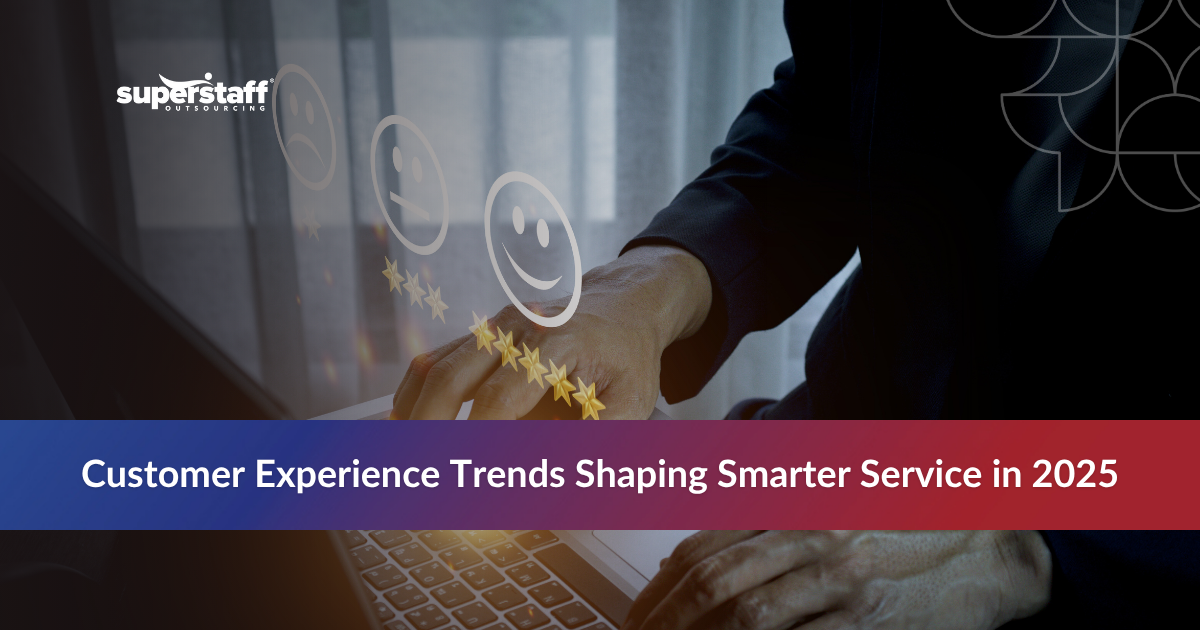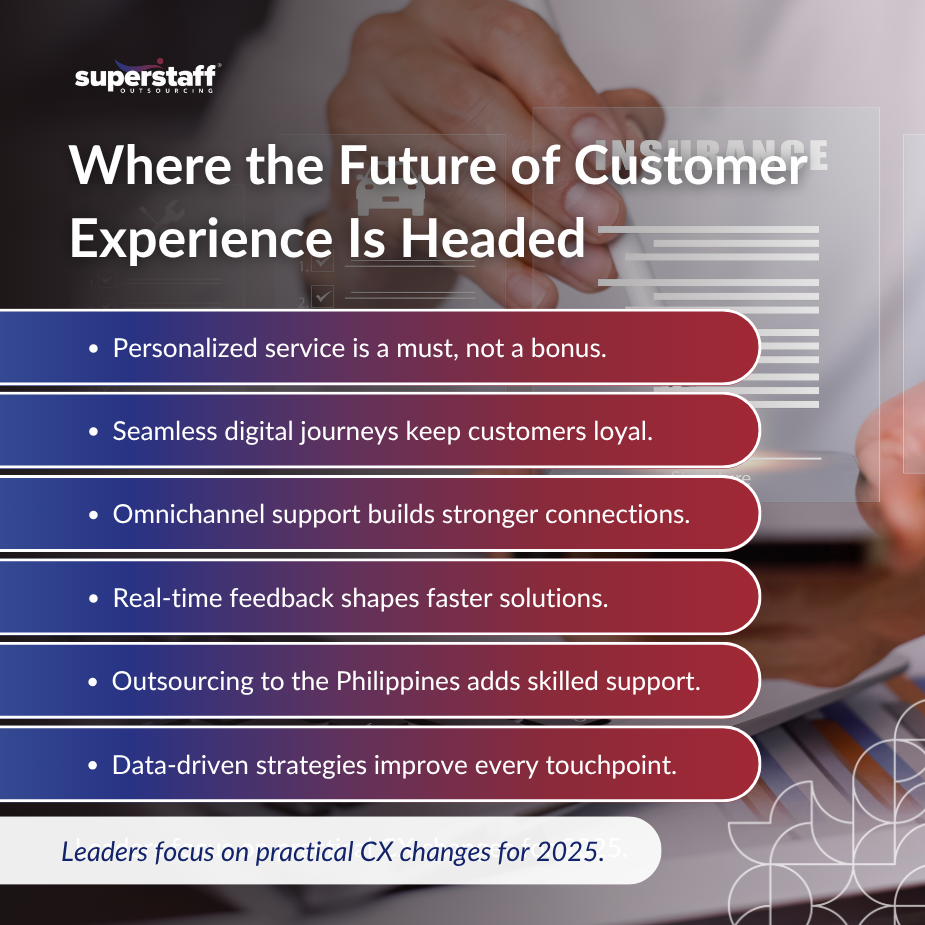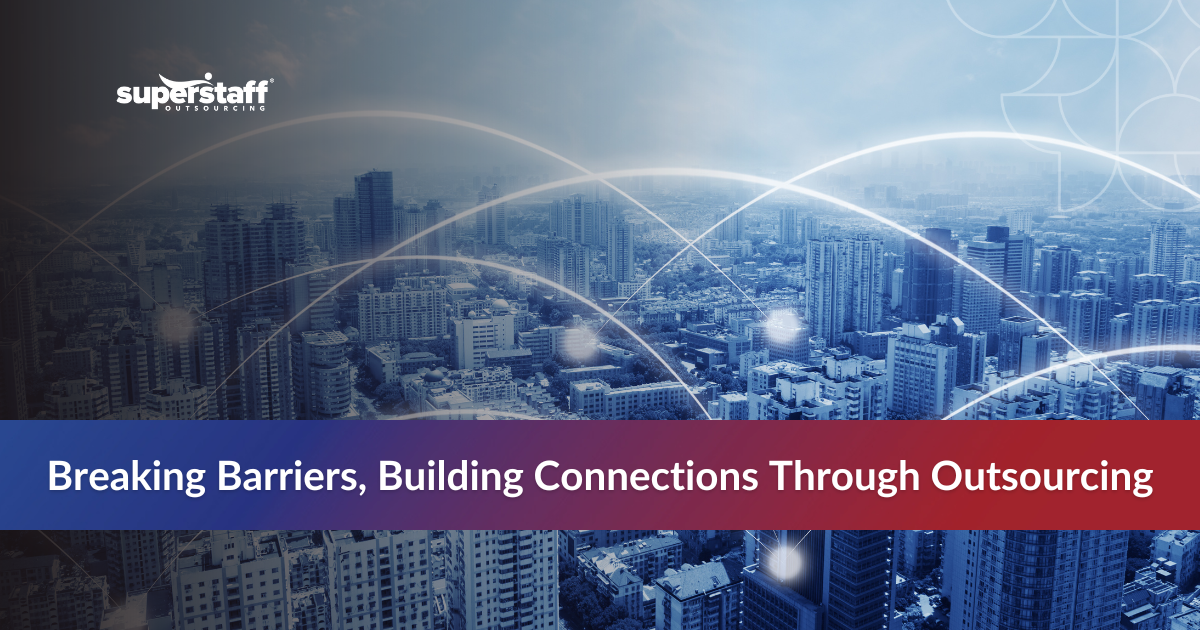
The way businesses interact with customers is going through steady changes. What worked five years ago no longer meets current expectations. People now want faster replies, consistent service, and more personalized solutions without needing to repeat themselves. Brands that fail to keep up risk losing customer trust and loyalty.
Understanding the future of customer experience helps businesses plan ahead. From communication tools to support structures, every detail matters. This article explores what’s shaping the future of customer experience and how leaders can prepare for what’s next. Whether you’re adjusting your digital CX strategy or thinking about whether to outsource to the Philippines, knowing the trends will help you stay competitive.

Shaping the Future of Customer Experience
Customer support is no longer just about fixing problems. It’s now a key part of how customers view a brand.
1. Faster Response Is the New Normal
People expect replies within minutes, not hours. Waiting too long—even for simple issues—can push customers away. Quick, helpful responses are now a basic requirement for building trust.
2. Support That Feels More Human
Even with technology, customers still want to feel like they’re talking to someone who understands them. Adding a personal touch makes a big difference, especially when problems are more complex.
3. Consistency Across All Channels
Whether a customer sends an email, chats online, or calls, the quality of service should stay the same. The future of customer experience depends on seamless transitions across platforms.
4. Support Teams as Brand Experts
Customer support teams are not just problem-solvers anymore. They are brand ambassadors. Businesses are training them to help with sales, guide customers, and share updates, all in one interaction.
5. Proactive Help Over Reactive Service
The future of customer experience involves solving problems before they happen. Companies are reaching out with updates, reminders, and helpful tips so customers stay informed and satisfied.
Customer Habits Are Also Evolving
As technology changes, customer behaviors shift as well. Knowing what people want helps shape smarter service strategies.
1. Real-Time Help Is in Demand
Customers now prefer live chat, real-time messaging, and instant callbacks. Delays, even small ones, can affect satisfaction scores.
2. Self-Service Is Gaining Popularity
More people want to solve issues on their own using help centers, FAQs, or online portals. Providing these tools can reduce call volume and improve customer experience.
3. Data Privacy Matters More
Customers now ask how their data is used. Respecting privacy and being transparent can build trust and help keep customers loyal.
4. Customers Expect Brands to Listen
People are more vocal. Whether it’s through social media or surveys, they expect their feedback to be heard and acted on.
5. Simple Interfaces Win
Whether using a mobile app or a website, people want smooth and simple experiences. Complicated steps or cluttered layouts can hurt satisfaction.
Internal Shifts Driving Better Customer Experience
To improve support, companies must look at how teams work behind the scenes.
1. Better Collaboration Across Teams
The future of customer experience involves stronger links between support, marketing, and product teams. Shared goals help teams respond faster and with more accuracy.
2. Smarter Knowledge Bases
Internal help documents are now being improved to make it easier for agents to find accurate answers quickly.
3. Clear Escalation Paths
When issues get too complex, they must be escalated without delay. Clear workflows help reduce wait times and improve problem resolution.
4. Ongoing Training and Coaching
Support teams need constant training to keep up with new tools, product changes, and customer expectations.
5. Measuring What Matters
Businesses are moving away from outdated performance measures. Instead, they focus on customer satisfaction, resolution time, and feedback quality.
Stronger CX Seen Across Key Industries
Some sectors are moving faster than others when it comes to improving customer experience.
– E-Commerce
Brands are making returns, refunds, and exchanges easier. Real-time order tracking and chat support are also more common.
– Financial Services
Banks and fintech companies are focusing on secure, easy-to-use platforms while providing support for both digital and human channels.
– Healthcare
Patients expect easy appointment booking, follow-ups, and clear communication from clinics, hospitals, and insurance providers.
– Travel and Hospitality
The future of customer experience here includes 24/7 support, mobile check-ins, and real-time service updates.
– Telecom
Telecom companies are streamlining their billing systems and using chatbots for quick fixes while offering live help for more complex issues.
Why Companies Choose to Outsource to the Philippines
The Philippines remains a top choice for support outsourcing, and the reasons are clear.
- Skilled and experienced customer service professionals
- English fluency and strong cultural alignment with Western markets
- Cost-effective staffing without compromising service quality
- Round-the-clock availability and time zone flexibility
- Scalable support to meet peak seasons or business growth
The country plays a strong role in the future of customer experience, providing brands with tools and talent to grow their CX operations without added overhead.
Staying Ready With the Right Digital CX Strategy
Preparing for what’s next in customer experience trends for 2025 means acting early. Companies that adjust today will avoid bigger problems later.
1. Invest in Communication Tools
Pick platforms that allow smooth transitions between chat, calls, and emails. Don’t wait until customers start complaining.
2. Use Data Wisely
Track how long it takes to resolve an issue, which channels customers prefer, and how often they need to call back. Use this data to improve.
3. Personalize Where It Counts
Don’t rely on generic scripts. Train your team to notice context and respond in ways that feel personal and helpful.
4. Build Flexible Support Teams
Whether in-house or outsourced, create teams that can adjust to new workflows, tools, or sudden increases in volume.
5. Improve Continuously
The future of customer experience is not about one big change. It’s about ongoing improvements made over time.
Ready for What’s Next in CX? Stay Ahead With SuperStaff
The future of customer experience starts with the right support structure. Brands need flexible teams, strong systems, and the ability to grow without delays.
SuperStaff helps businesses build and manage customer service teams tailored to their goals. Whether you’re enhancing your digital CX strategy or looking to outsource to the Philippines, we provide full support, scalable staffing, and seamless service across channels.
Let SuperStaff help you prepare for what’s next in customer experience trends for 2025. Reach out to explore custom CX solutions that support your growth.






